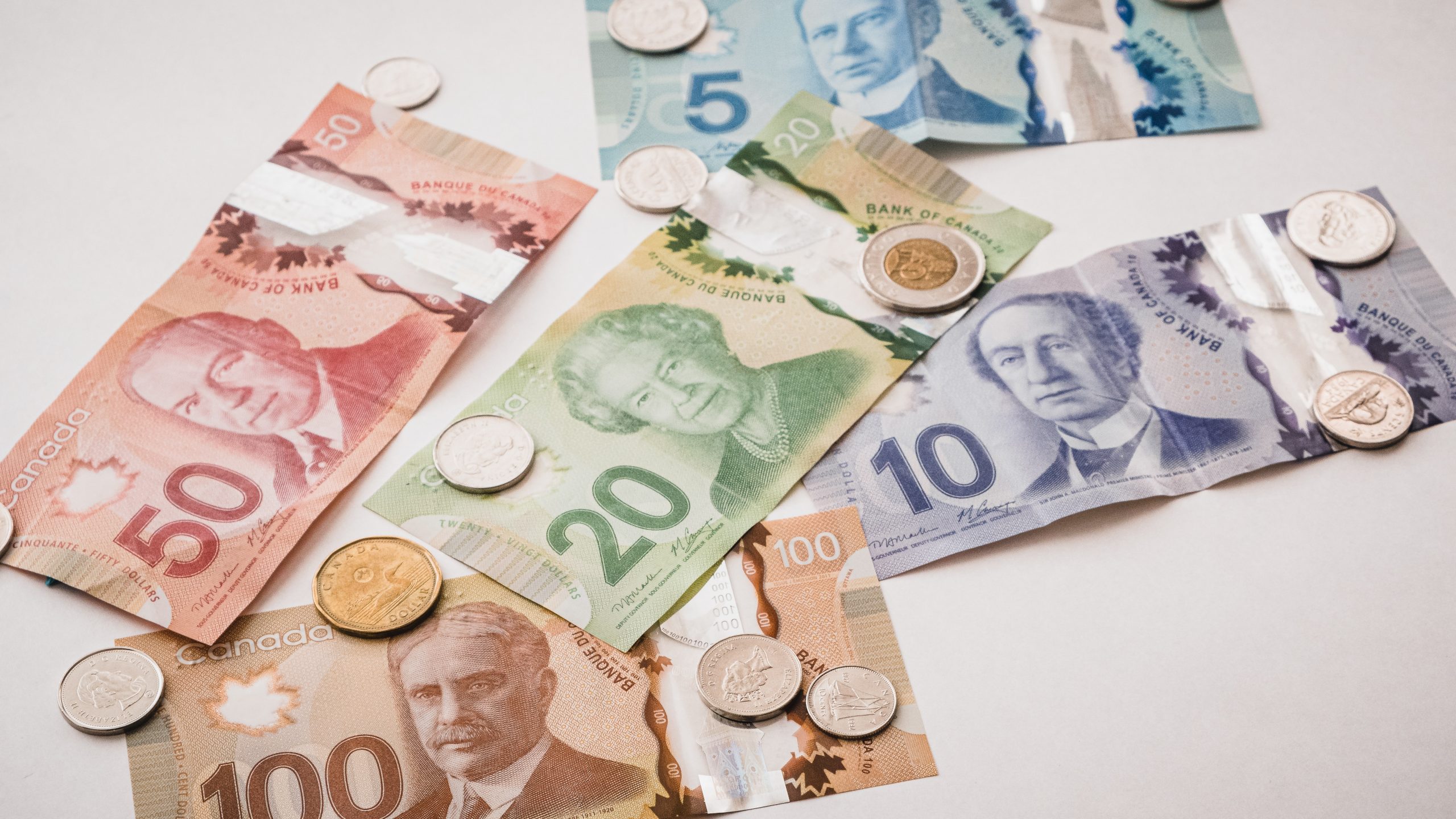Don’t leave money on the table
Share
Share

In addition to economic uncertainty, escalating geopolitical tensions, and managing compliance with evolving global trade sanctions, businesses importing goods into Canada – whether based in Canada or non-resident importers (NRIs) located outside its borders – are bracing for the implications of the Canada Border Services Agency’s (CBSA) proposed amendments to the Valuation for Duty (VFD) regulations.
According to the Canadian government, the proposed revisions to determination of VFD are meant to rectify the unfair advantage NRIs currently enjoy with respect to customs duty imposed on imported goods. While the amendments may be aimed at NRIs, Canadian importers will also face increased duty payments if CBSA’s proposed VFD amendments are approved as is.
Against this legislative and regulatory backdrop, leading importers will increasingly be looking for ways to reduce costs and protect the bottom line – not only from VFD changes but also from an increasingly competitive business-to-consumer (B2C) and business-to-business (B2B) landscape, stubbornly high inflation, and the fallout stemming from geopolitical unrest, such as fluctuating energy prices and costly supply chain disruptions.
Taking advantage of duty recovery and optimization is a smart but often overlooked strategy for trimming costs. Many importers overpay customs duties without realizing it. For companies that regularly bring in large volumes of goods or operate in an industry subject to high duty rates, missing the opportunity to recover funds can be a costly mistake.
Specialized duty recovery practices enable importers to recoup duty overpayments and reduce the amount of duty paid in the future and even in the past. Companies can claim transactions up to four years retroactively. Given that an estimated 80 to 90 percent of Canadian companies overpay customs duties or miss out on available refunds, focusing on duty recovery can have a big impact on reducing operating expenses and boosting future profitability.
And with the government of Canada planning to collect an extra $1 billion-plus in customs import duties over the next four years (increasing from $6.5 billion in 2023-2024 to an estimated $7.7B in 2027-2028) it is in importers’ best interest to limit the amount of duty paid, when and where legally possible.
Ninety-five percent of the duty overpayments incurred are not due to importer error but are the result of businesses failing to use the best tariff codes when importing goods. For importers that regularly bring in large volumes of goods or operate in an industry subject to high duty rates, using the most cost-effective tariff code can make a significant difference to the amount of customs fees paid annually.
Unfortunately, inadvertently using sub-optimal tariff codes is a common issue for importers. In fact, more than half of Canadian businesses across multiple industries – grocery, medical supplies, apparel, agriculture, consumer electronics, commodities – overpay their import duties by 10 to 15 percent every year.
Unlike in the U.S. where a reduction in the amount of duty charged on a specific Harmonized System (HS) code is published in the public domain – enabling all importers to benefit from a tariff reduction – the Canadian system is a bit more cloak and dagger. Any changes to tariff codes executed by an individual company remain private, leaving businesses operating without this specialized knowledge.
Adding complexity to classification best practices, tariff codes and tariff reclassification are open to greater interpretation in Canada, based on the nuances of individual goods. This flexibility makes it possible for two companies to import the same product into Canada but be subject to different amounts of duty. For those importers able to take advantage of reclassification opportunities, duty recovery practices provide a distinct competitive advantage on the landing cost of imported goods.
The process of uncovering and recovering customs duty overpayments and reclassifying goods to prevent future overpayment requires both a deep visibility into Canadian customs classification schedules and the specialized expertise to interpret tariff codes for importers’ benefit.
The role of customs consulting teams is to assist clients in identifying duty recovery opportunities by addressing key areas such as tariff re-engineering, end-use of imported goods, valuation (e.g., transfer pricing, discounts), application of free trade agreements, and duty drawback. Indeed, recapturing overpayments through these types of adjustments delivers immediate and ongoing bottom-line results, as well as the following competitive advantages:
Given the shifting CBSA regulatory landscape, ongoing trade and geopolitical tensions, and uncertain economy, now is the time to identify where your organization is overpaying customs duties on goods you regularly import. Reclassifying goods with CBSA approval allows you to take advantage of lower, unpublished rates to reduce your duty spend. At the same time, by following up on reclassification opportunities, you can recover a potentially sizeable refund for past overpayments.
Ted Rowe is director of business development & international solutions at Descartes.